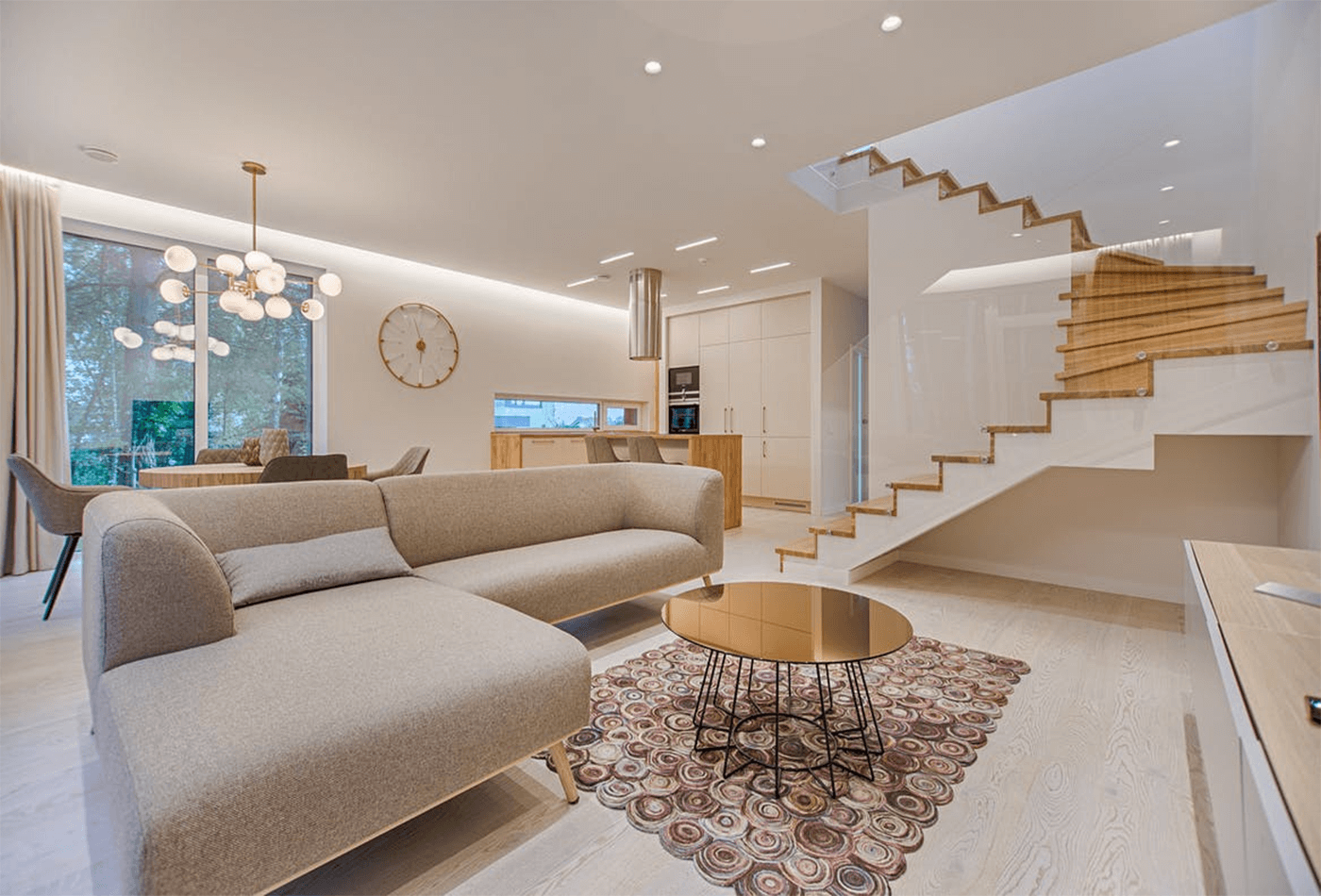Exclusive interior design firms specialize in high-end transformations.
Exclusive interior design firms specialize in high-end transformations.
Blog Article
Transform Your Home With Vital Concepts of Inside Style and Appearances
The art of changing your home via the essential principles of interior decoration and visual appeal requires a thoughtful method that harmonizes color, balance, and spatial awareness. By understanding the impact of shade concept and the significance of texture and patterns, one can develop rooms that are not just aesthetically attractive however likewise deeply personal. Achieving this stability entails more than plain decor; it includes a calculated plan and a keen understanding of just how each component engages within an area. As we explore these fundamental principles, think about exactly how they might redefine your understanding of home and individual expression.
Comprehending Shade Theory
Recognizing the concepts of color theory permits developers to create areas that reverberate emotionally with residents while meeting useful requirements. Each classification plays a critical role in establishing consistency within a room.
The emotional impact of colors is profound; cozy tones such as reds and oranges evoke energy and warmth, while amazing tones like blues and eco-friendlies advertise peace and peace. Moreover, the use of complementary shades boosts aesthetic passion, creating striking contrasts that can elevate a room's appeal.
Neutral shades, on the various other hand, function as a functional background, permitting various other design aspects to beam. It is important to think about elements such as lighting and the room's objective when selecting a shade scheme, as these can modify the assumption of colors throughout the day.
Ultimately, a well-considered color pattern can change a room, promoting a sense of comfort and style that straightens with the citizens' choices. Proficiency of color theory is, therefore, a vital ability for any type of interior designer intending to produce harmonious and inviting settings.
Attaining Balance in Design
How can developers achieve a feeling of equilibrium in their rooms? Achieving equilibrium in design is basic to creating unified interiors.
Unbalanced equilibrium, on the other hand, counts on differing components that still achieve a natural appearance. This method permits for more vibrant and casual arrangements, giving interest while preserving stability. By very carefully picking varying dimensions, colors, and appearances, developers can create a visually engaging room that feels balanced yet energised.
Radial equilibrium emphasizes a central centerpiece with elements radiating external. This style is frequently seen in round layouts, where furniture and decoration develop a natural surround that draws the eye inward.
Inevitably, attaining balance requires thoughtful consideration of scale, proportion, and the connections in between components. interior design firms. By skillfully applying these balance principles, designers can transform areas right into atmospheres that really feel both cosmetically pleasing and functionally unified, boosting the total experience for owners
Importance of Spatial Awareness

A keen sense of spatial awareness allows designers to determine centerpieces within a space, assisting the visitor's focus to vital attributes while keeping an overall feeling of unity. It also aids in the strategic placement of lighting, which can significantly influence the perception of space and mood. Understanding spatial partnerships makes it possible for the developer to cater to the specific demands of citizens, making sure that each area offers its desired function without compromising aesthetics.
Inevitably, spatial understanding is important for optimizing the capacity of any kind of indoor space. By carefully taking into consideration the interplay in between dimensions, layout, and feature, designers can develop atmospheres that not just satisfy practical needs however also stimulate a sense of convenience and charm, boosting the general living experience.
Including Structure and Patterns
Welcoming a diverse array of structures and patterns can significantly improve the aesthetic and tactile allure of an interior room. The tactical use various products-- such as wood, metal, textile, and stone-- produces deepness and rate of interest, making an area feel a lot more welcoming and dynamic. Integrating smooth surface areas with harsh textures can establish an equilibrium that attracts the eye and Visit Website engages the senses.
When integrating patterns, consider both scale and repeating. Huge patterns can work as centerpieces, while smaller, refined layouts can enhance other aspects without frustrating the room. Layering patterns, such as pairing flower cushions with striped throws, includes complexity and a feeling of consistency if executed thoughtfully.
It is likewise essential to keep a natural shade combination, making certain that textures and patterns work together rather than complete for interest. By picking a couple of vital textures and patterns, you can create a linked aesthetic that shows your personal design while enhancing the overall ambiance of the area. Inevitably, the mindful consolidation of these elements can transform an ordinary room into an innovative environment rich with personality and heat.
Individualizing Your Area
Producing an area that mirrors your individuality is vital to accomplishing an absolutely inviting atmosphere. Personalization in interior decoration allows you to instill your one-of-a-kind style and interests into your home, transforming it from a mere shelter into a shelter that speaks with who you are. Begin by choosing a color scheme that reverberates this article with your emotions-- vibrant tones can energize, while soft tones supply serenity.
Incorporate art work and design that reflect your interests, whether it be traveling, nature, or abstract ideas. Displaying individual collections, such as books, photographs, or have a peek here souvenirs, can stimulate treasured memories and create focal factors within a space. Additionally, think about customizing functional items, like upholstered furnishings, to line up with your visual preferences.

Verdict
To conclude, the makeover of a home through the essential principles of interior decoration and visual appeal necessitates a thorough understanding of shade theory, balance, spatial awareness, structure, and customization. Each aspect adds substantially to producing an unified and useful living setting - interior design firms. By thoughtfully incorporating these principles, people can enhance the visual charm and psychological resonance of their rooms, inevitably cultivating a home that mirrors distinct identifications while providing convenience and practicality
Report this page